
Safely at its new home – Our 1971 Triumph GT6 arrives with its new owner
Our 1971 Triumph GT6 was delivered late last night to its new owner Julio. Julio won the car recently through Bridge Classic Cars Competitions and


Our 1971 Triumph GT6 was delivered late last night to its new owner Julio. Julio won the car recently through Bridge Classic Cars Competitions and
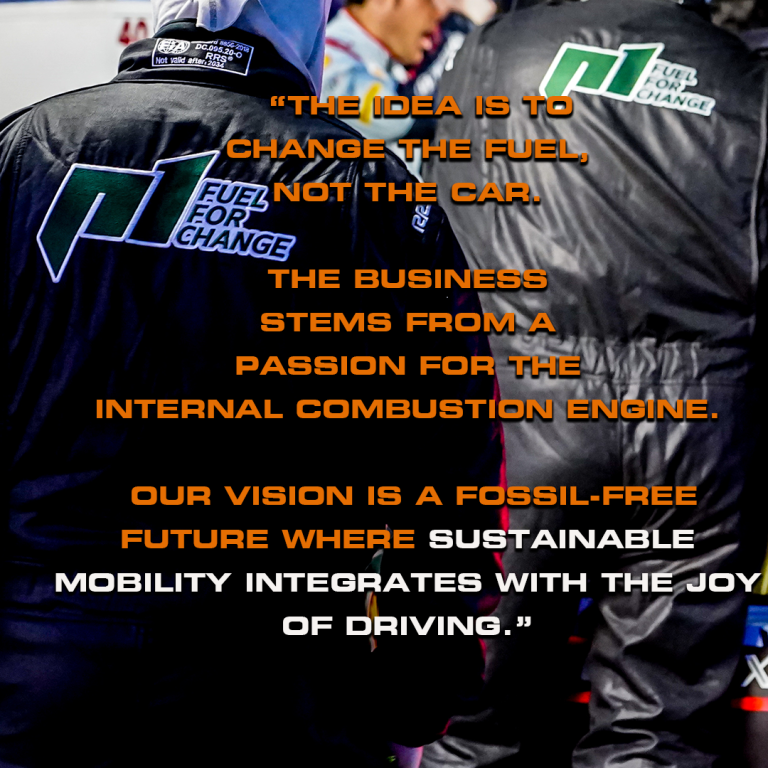
We recently spoke to Jake from P1 Fuels to find out more about the sustainable fuel that could potentially be a groundbreaking alternative to the
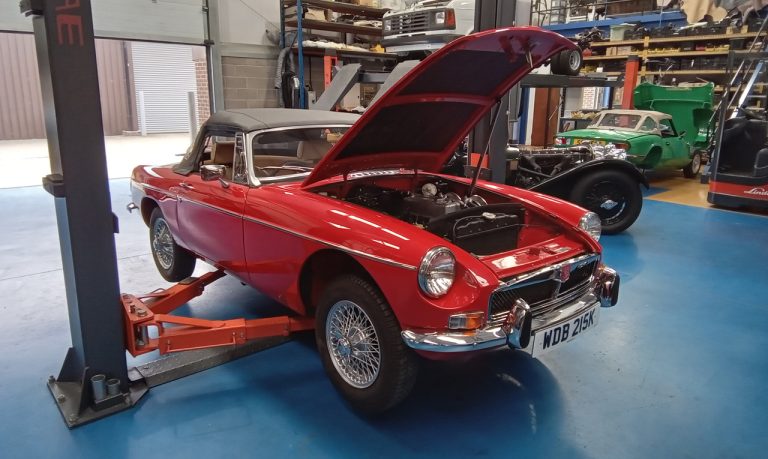
Our technician Jon has been working on preparing our 1972 MGB Roadster for the marketing team to shoot ahead of its competition. In our Suffolk
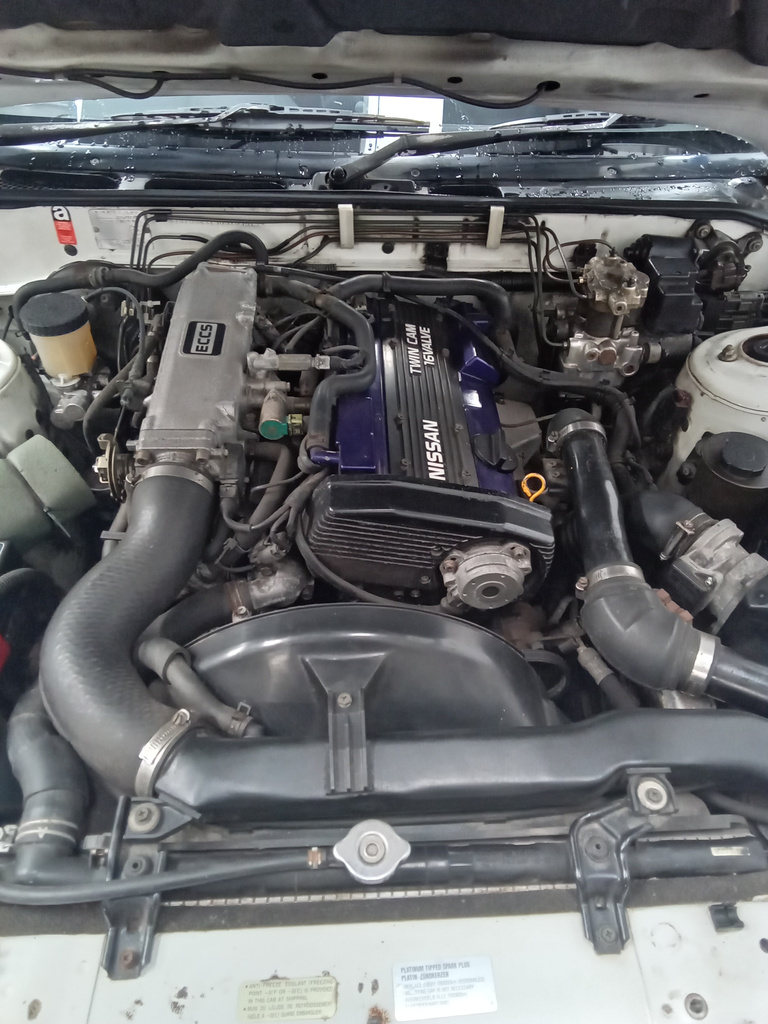
Our technician Julian has been in charge of completing the work on the 1991 Nissan 200SX Turbo currently in our workshop. The customer had requested
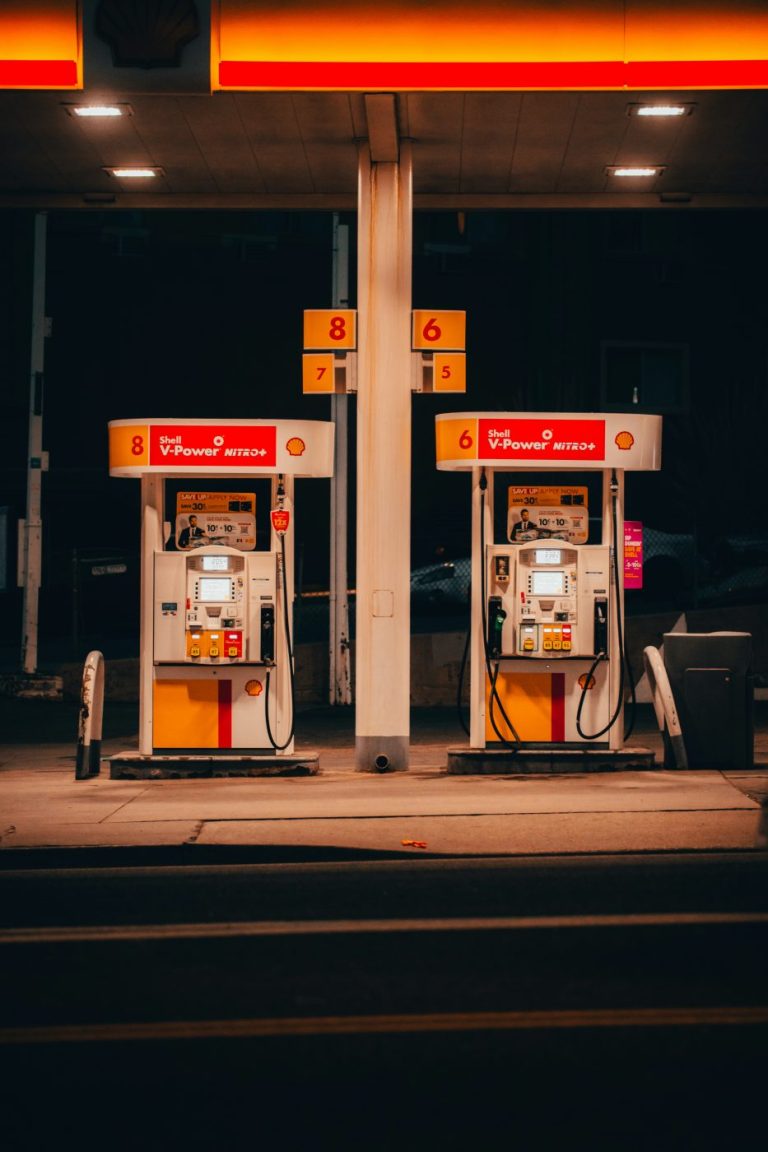
The internal combustion engine (ICE) has dominated the automotive industry for over a century, powering millions of vehicles worldwide. However, the growing concerns over environmental

Our 1971 Triumph GT6 was delivered late last night to its new owner Julio. Julio won the car recently through Bridge Classic Cars Competitions and it was delivered straight to his doorstep for him to enjoy!
We recently spoke to Jake from P1 Fuels to find out more about the sustainable fuel that could potentially be a groundbreaking alternative to the standard fuel that currently powers our cars.
This is how our conversation went:
P1 is a drop-in alternative for petrol that works in any internal combustion engine without the need for modification to the fuelling system. It is the first and only 100% sustainable fuel on the market with an EN228 certification. P1’s signature fuel, the ECO 100 PRO, is currently achieving a well-to-wheel C02 reduction of 77.4% compared to fossil fuel.
The Idea behind P1 is to change the fuel, not the car. The business stems from a passion for internal combustion engines. Our vision is a fossil-free future where sustainable mobility harmoniously integrates with the joy of driving, fostering a cleaner and healthier world for generations to come.
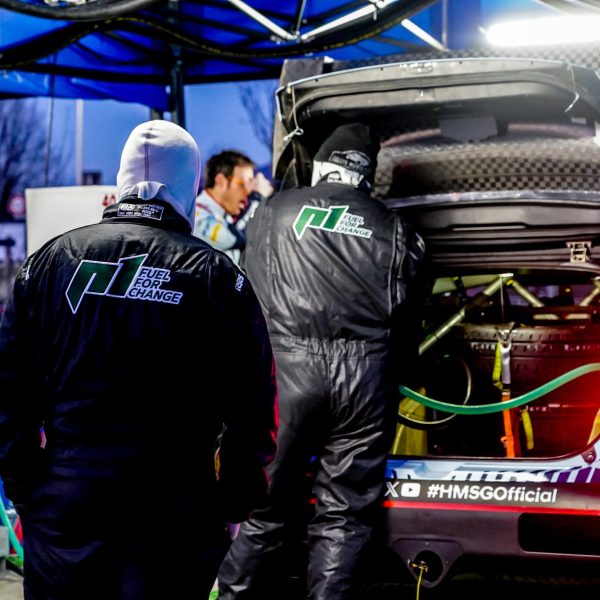



No, P1 is a drop-in alternative that requires no modification to the engine, it can be mixed in whatever ratio with conventional fossil fuel.
P1s mission is to accelerate the reduction of greenhouse gas emissions in the transport sector. We are dedicated to pioneering fossil-free fuel solutions that drive impactful and immediate change.
P1 is designed for ANY internal combustion engine, there are a few different octane-rated fuels we supply suitable for racing and road use. ECO100PRO has run in speedboats, racing cars and even helicopters. It is the only 100% sustainable fuel on the market to date.




Yes, synthetic fuel can absolutely be the solution for the future of the motor vehicle sector. It could tie into existing infrastructure and be rolled out immediately. The WRC already mandate our fuel as well as the FIA World Karting series and others. This simply needs to happen to keep the passion in the industry.
Costs can play a huge part in this and currently, we cannot sell P1 at the same price as fossil fuel, but we can get close quite quickly if the fuel is sold in volume.
The other thing that is an obstacle we are overcoming is that people are still sceptical of using P1 in their pride and joy, it has been tested in-depth and proven out on the racetrack. This is a solution!
If you would like to find out more on P1 you can get in touch through the website, any of our socials or contact me at jake.wootton@nemesis.ltd we are the official UK importer of the fuel.
Enjoyed Talking Classics With P1 Fuels?
Take a look at the entire Talking Classics series for more interviews with other influential people.
Our technician Jon has been working on preparing our 1972 MGB Roadster for the marketing team to shoot ahead of its competition.
In our Suffolk workshops, Jon has removed the carburettors from the classic sports car and stripped them down on the bench. From there he could clean the units down and free them up as the jets had seized into their tubes, so after their removal Jon completely cleaned every part of them back down again individually before reassembling the units and setting the jets to the correct .90mm depth.
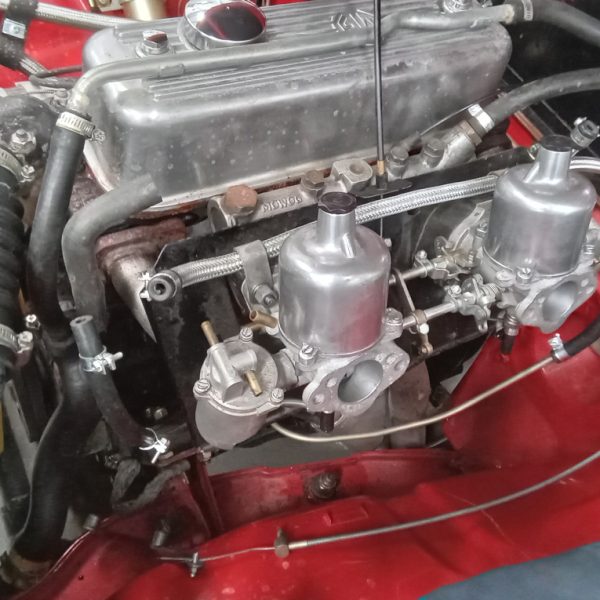
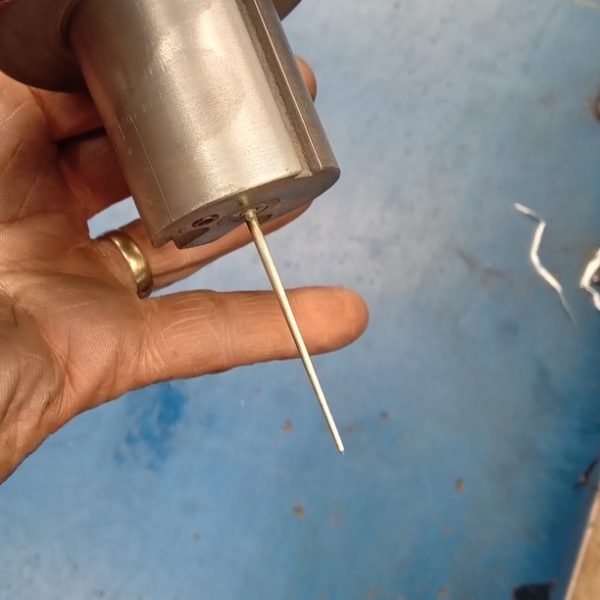

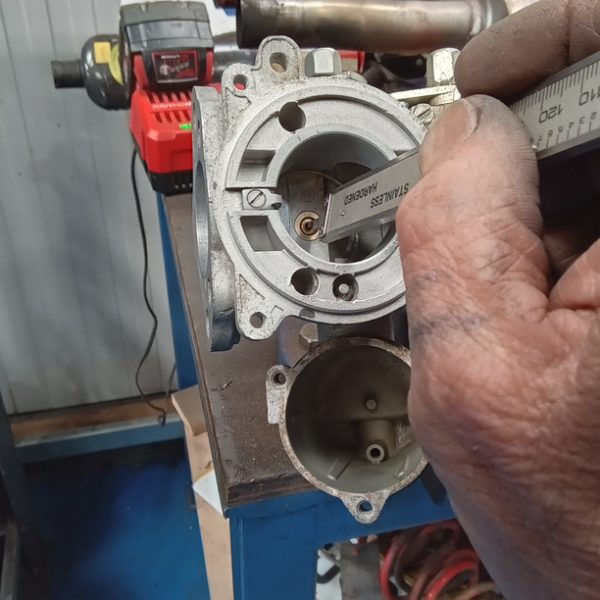
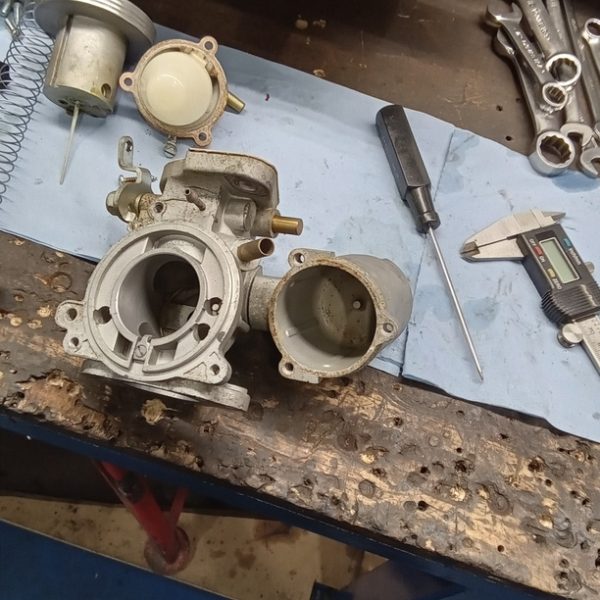
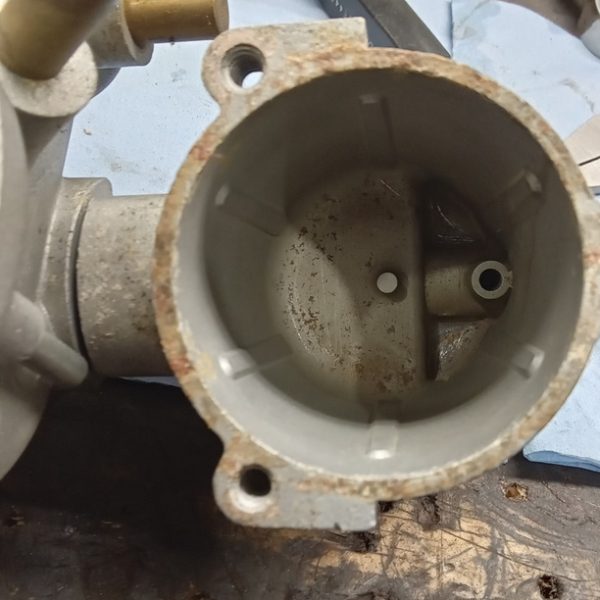
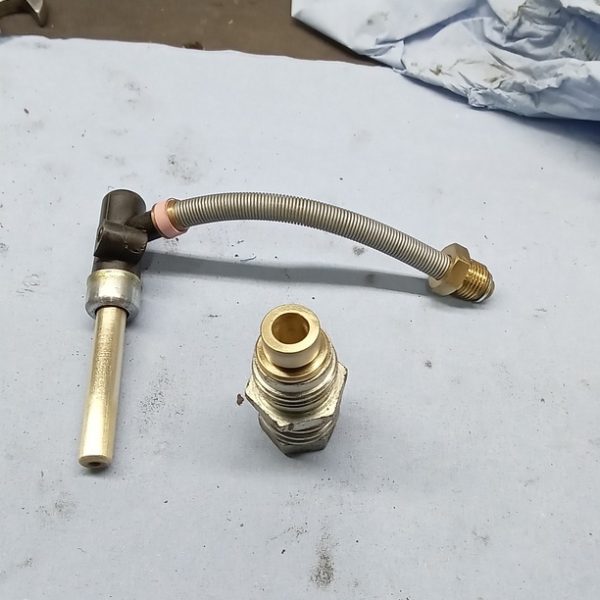
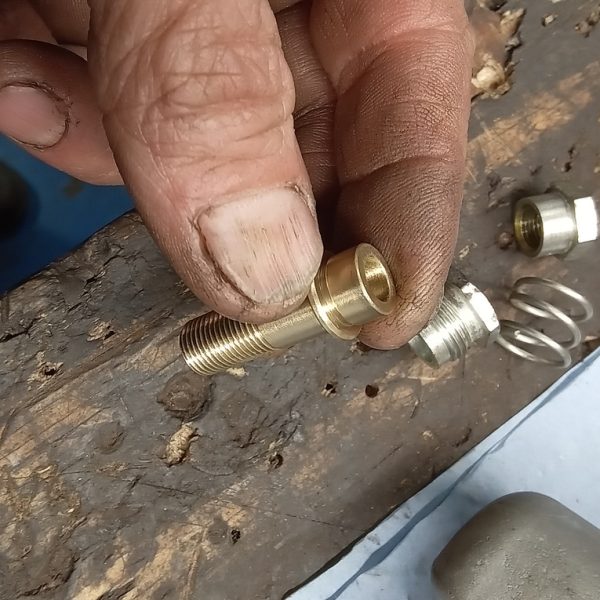
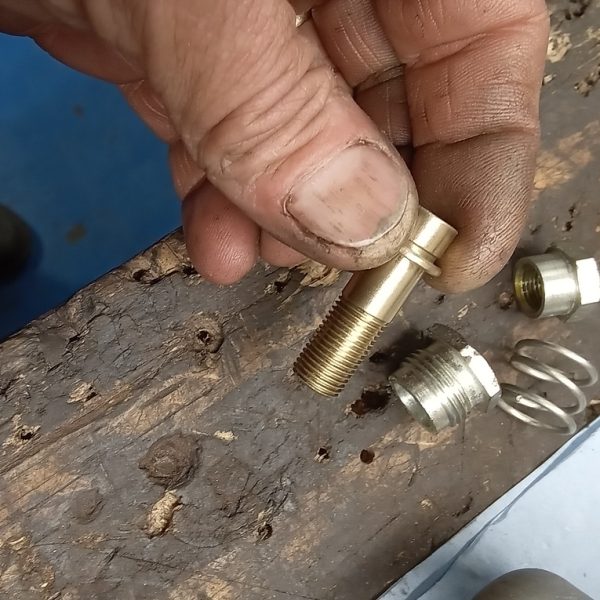
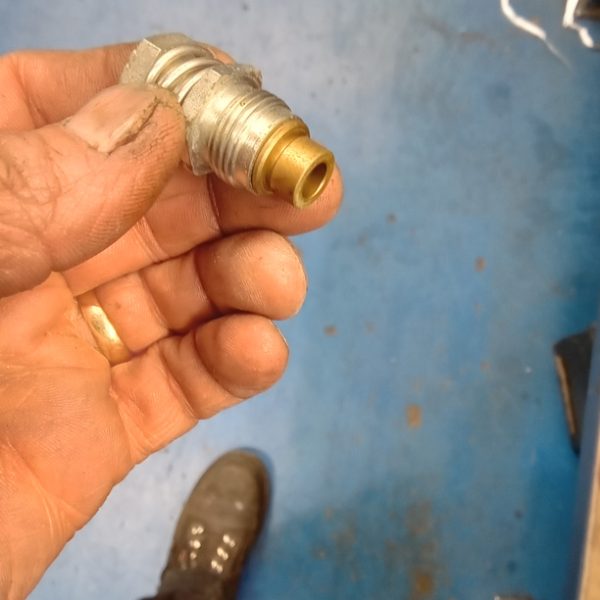
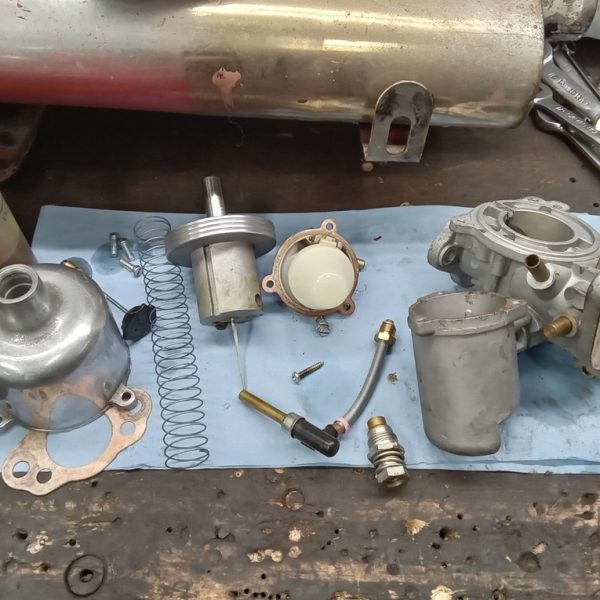
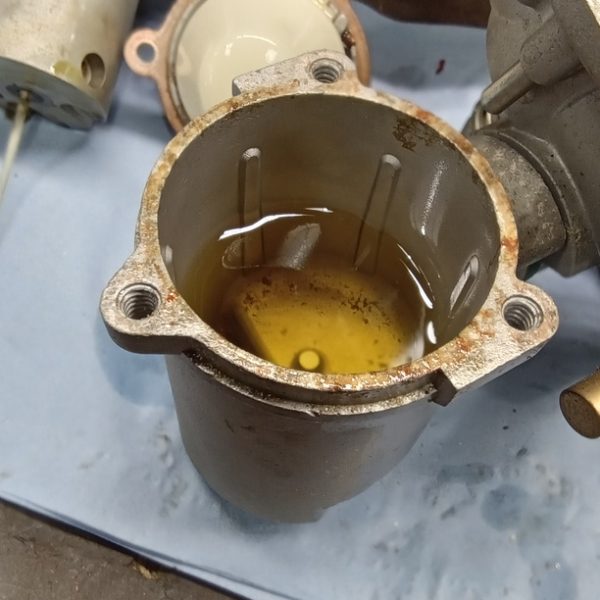
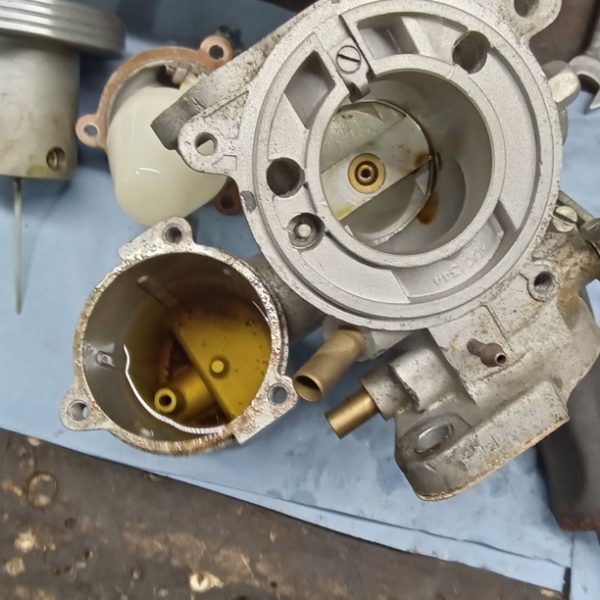
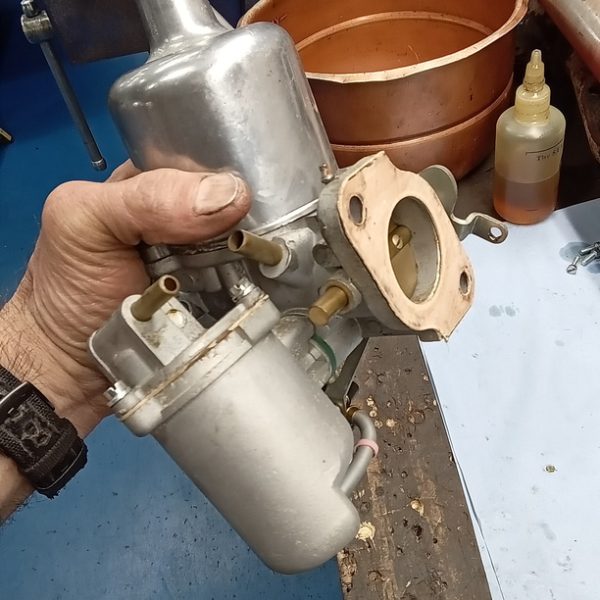
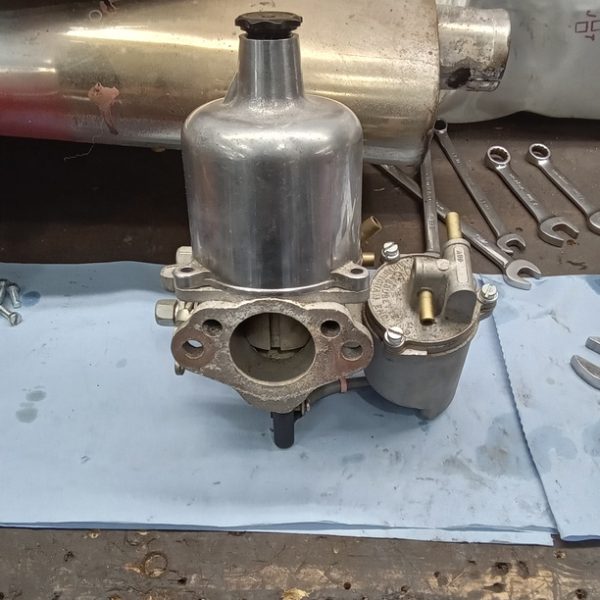
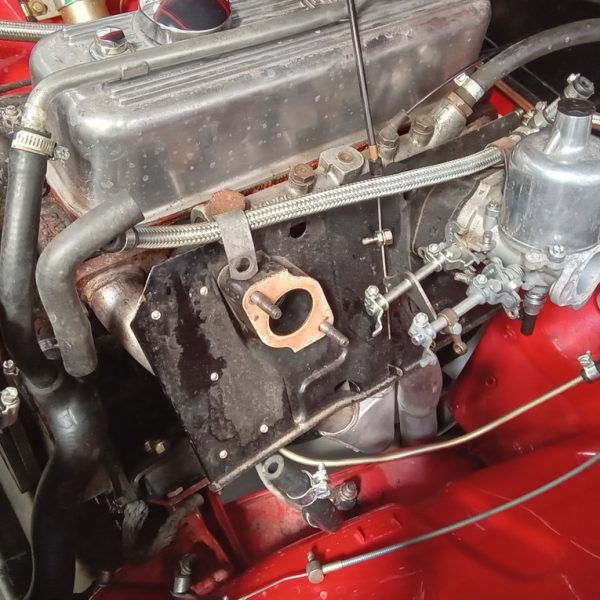
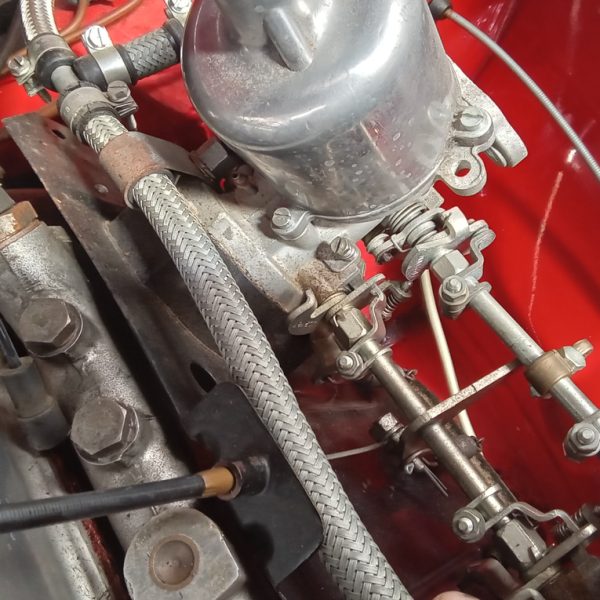
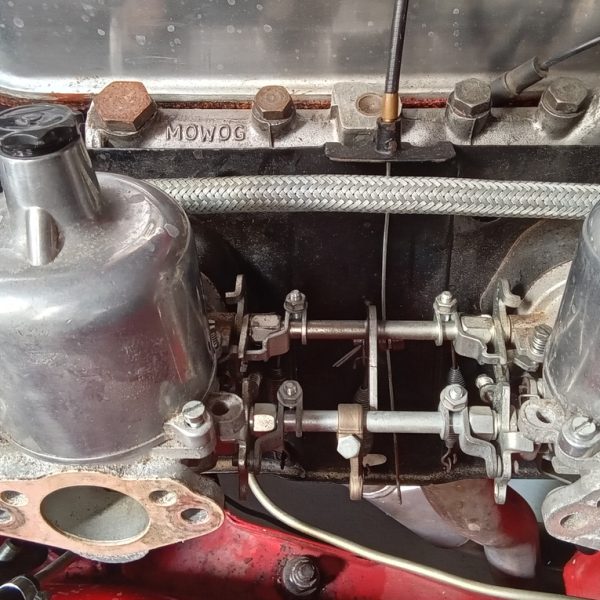
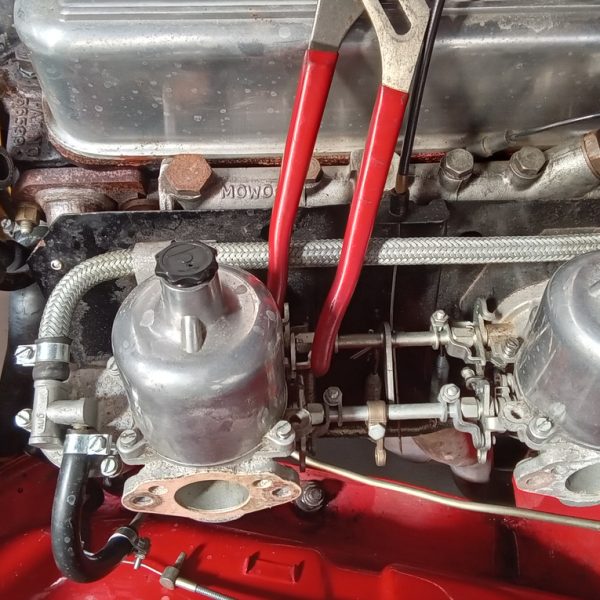
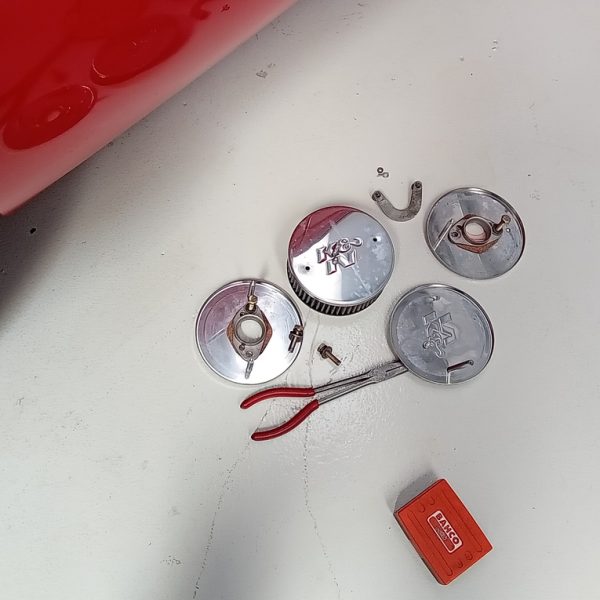
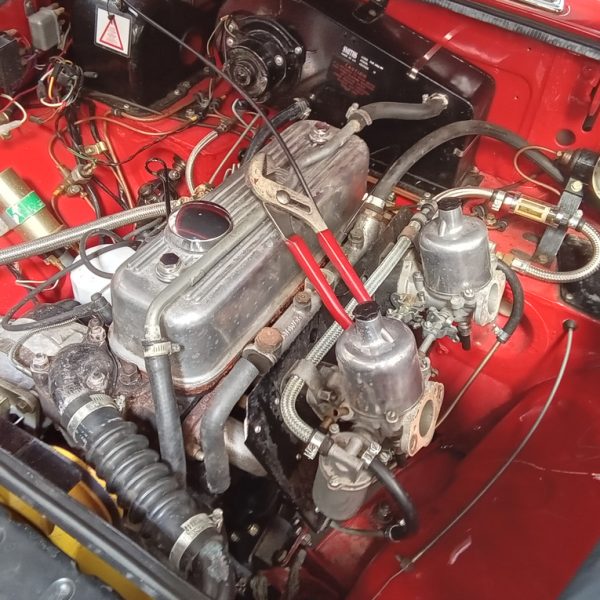
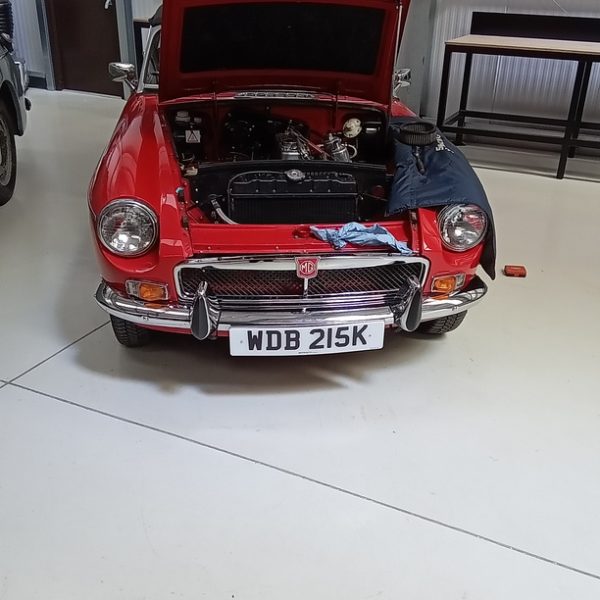
Jon could then begin to carry out the inspection on the Roadster with his findings as follows:
”Refit both carbs and secure. Adjust throttles and chokes to balance and check for full throttle etc. Run and test. Started ok on full choke.. starter motor has an issue and car has an oil leak from oil filter area. Take round to workshop to carry out inspection and repairs. Adjust steering rack pinion adjuster to remove play from rack. Clean and tighten oil filter adapter plate. Tighten and secure both mirrors. Strip and remove starter motor. Test on bench. Works intermittently,. Remove rear cover and withdraw stator. Clean contact inside and reassemble. Retest and works ok everything. Refit and test, ok. Check axle oil level, ok. Secure wiring at rear to tank sender. Reposition loom from boot. Top up engine oil and place new jack and wheel brace in boot.”
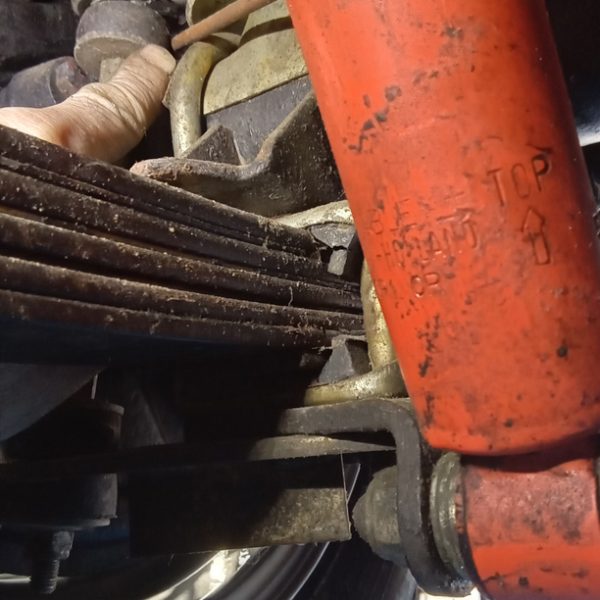
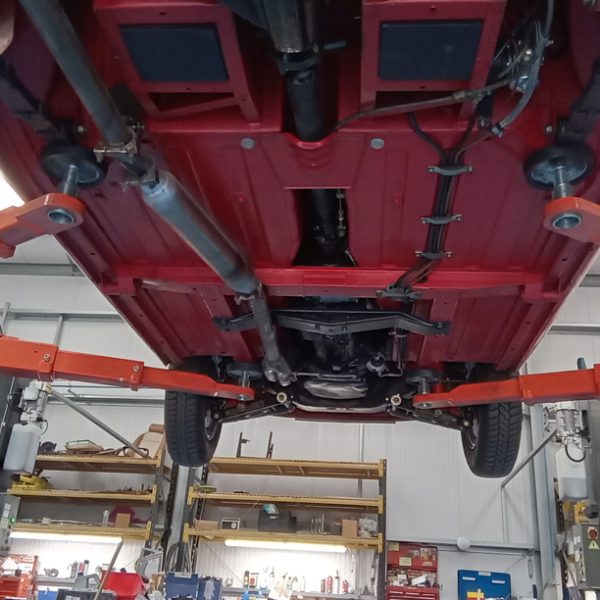
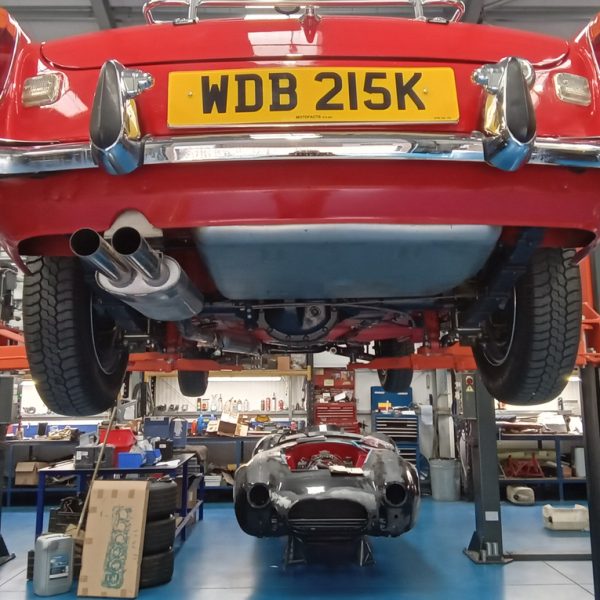
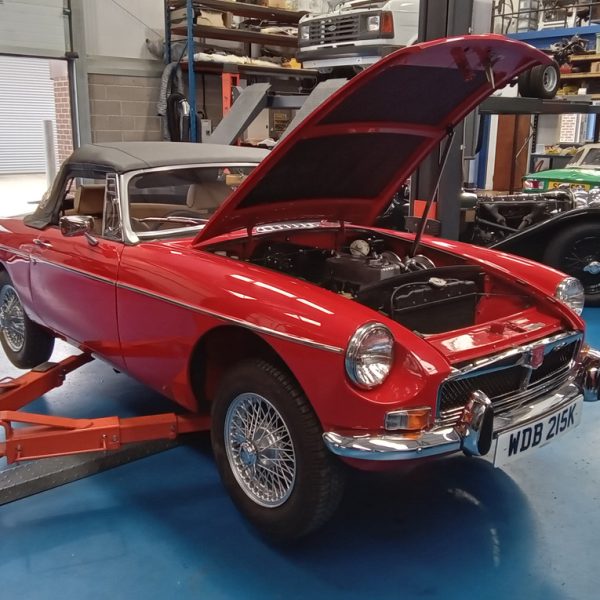
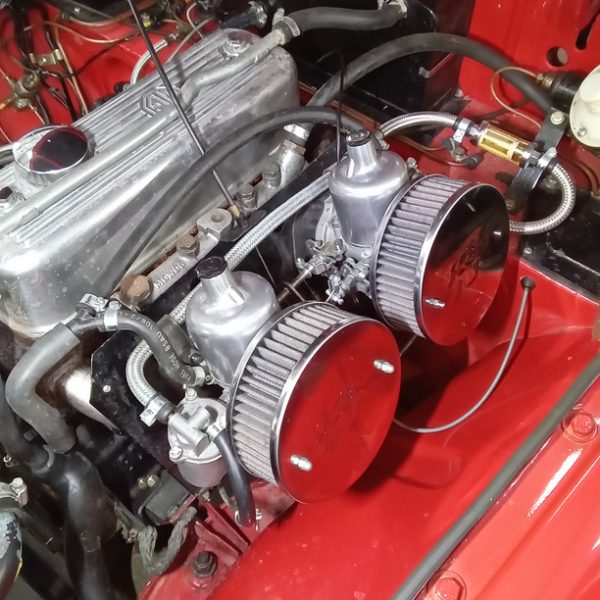
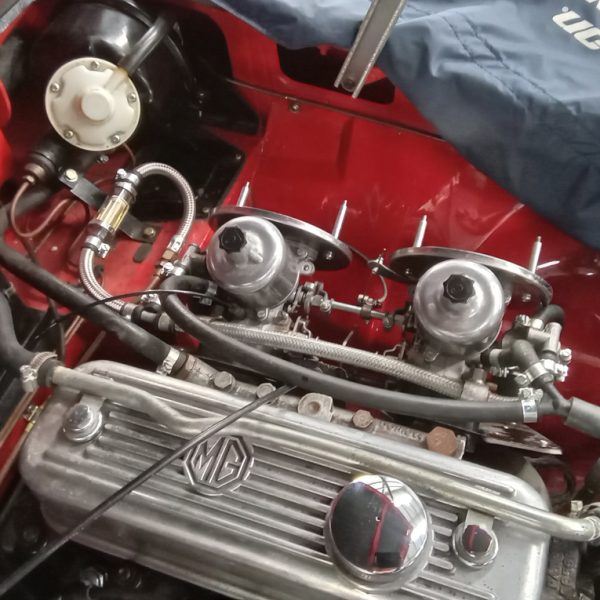
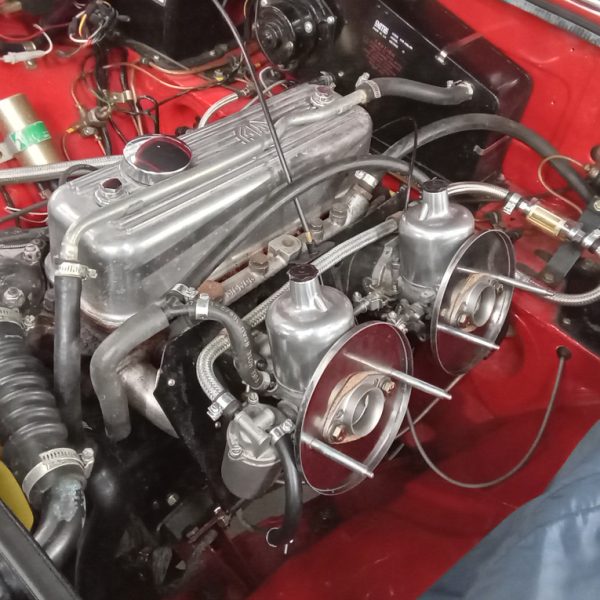
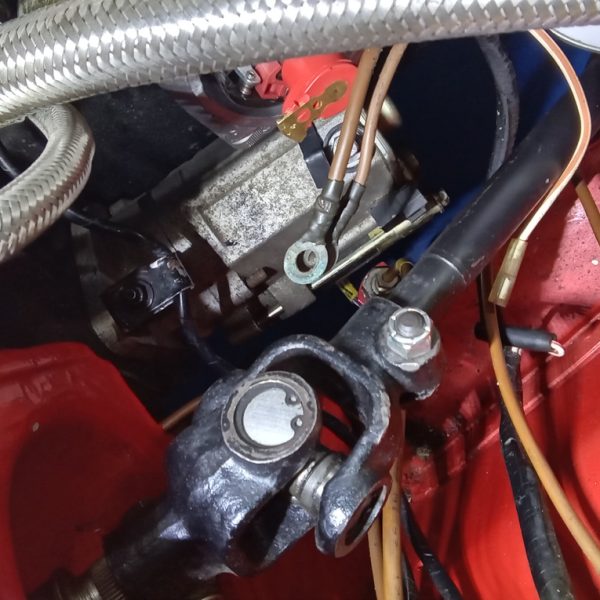
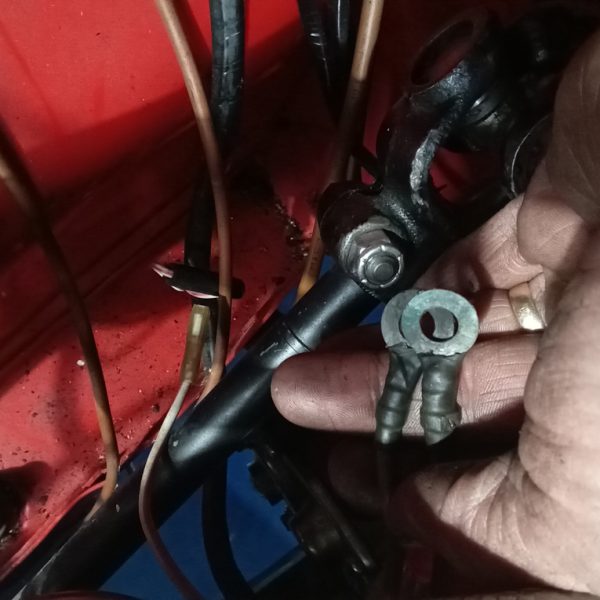
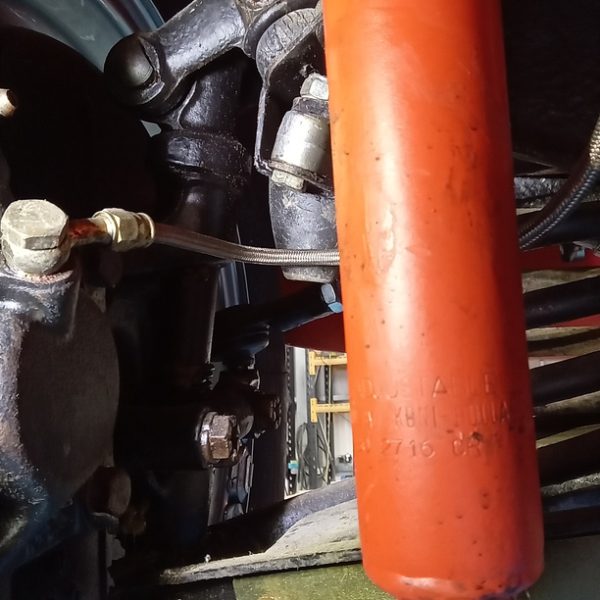
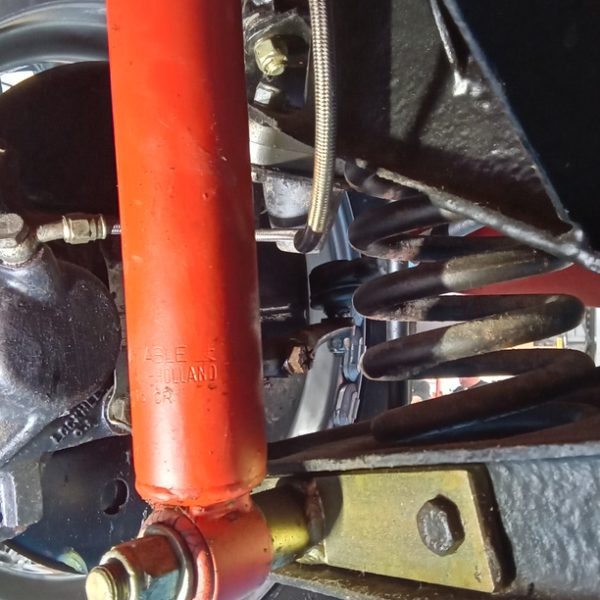
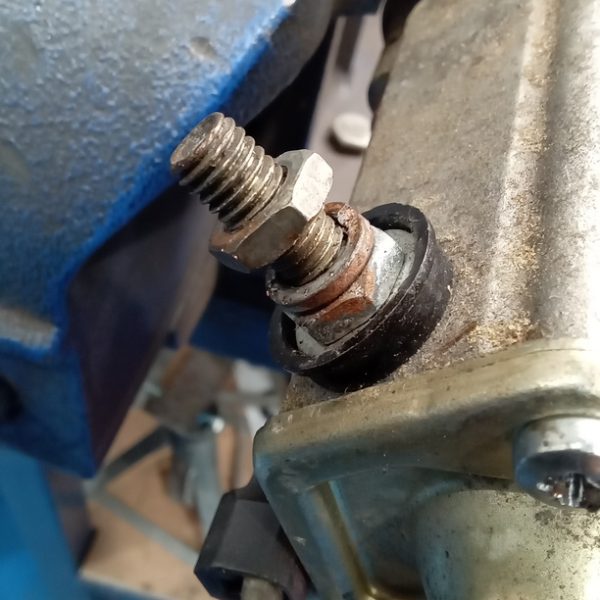
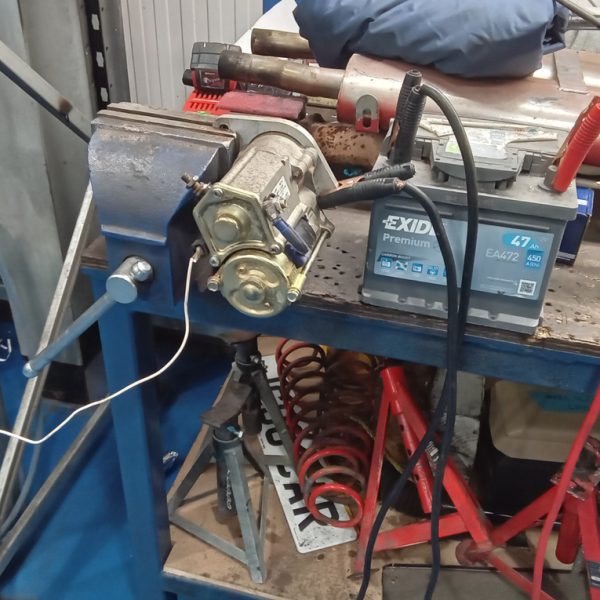
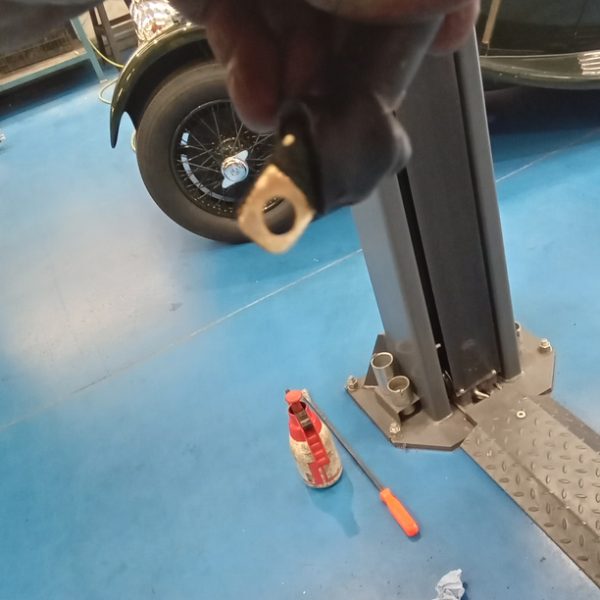
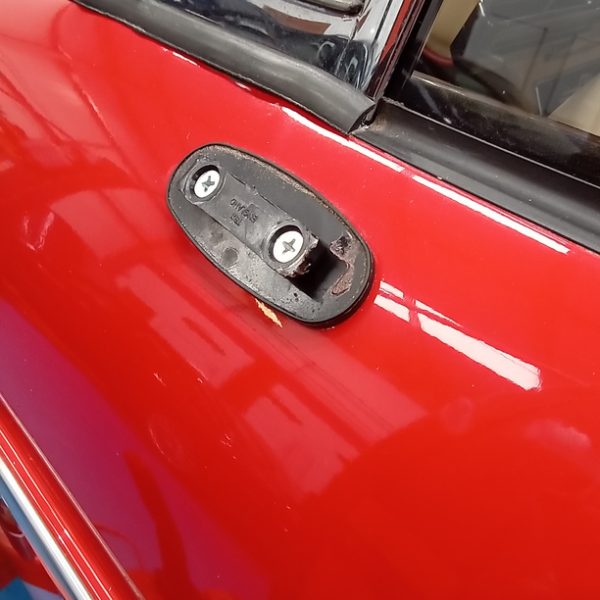


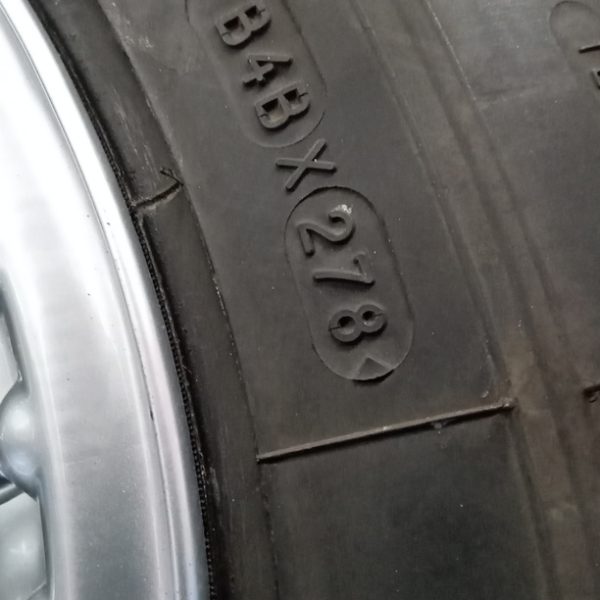
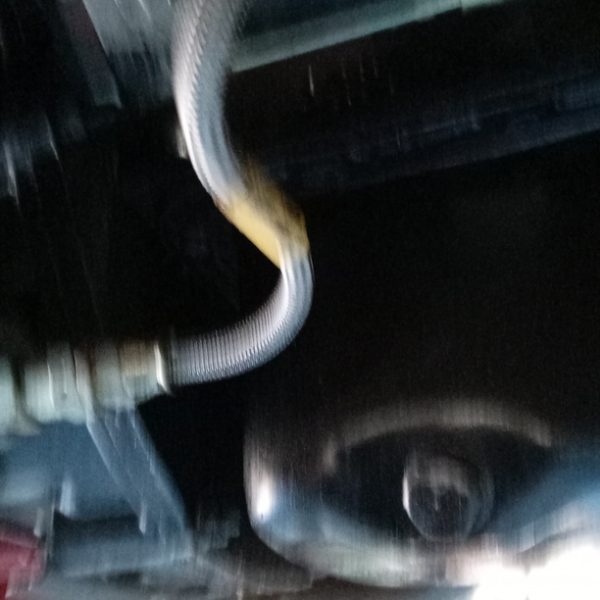
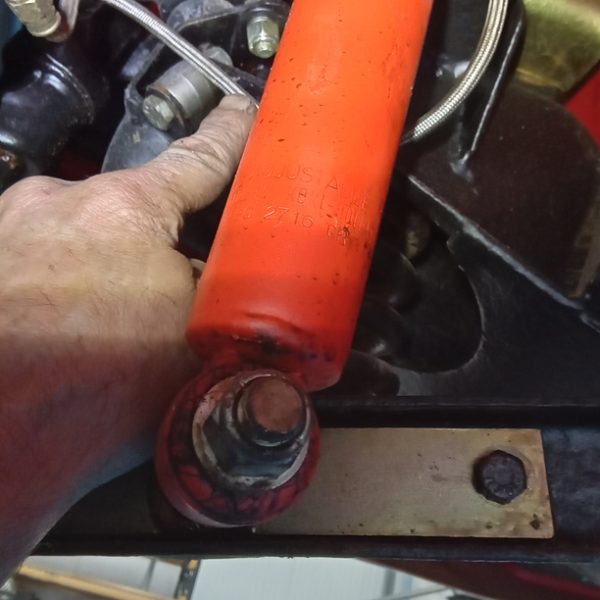
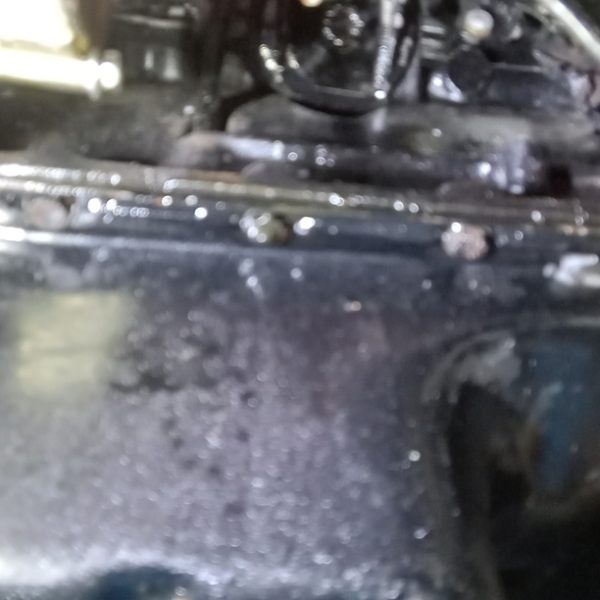

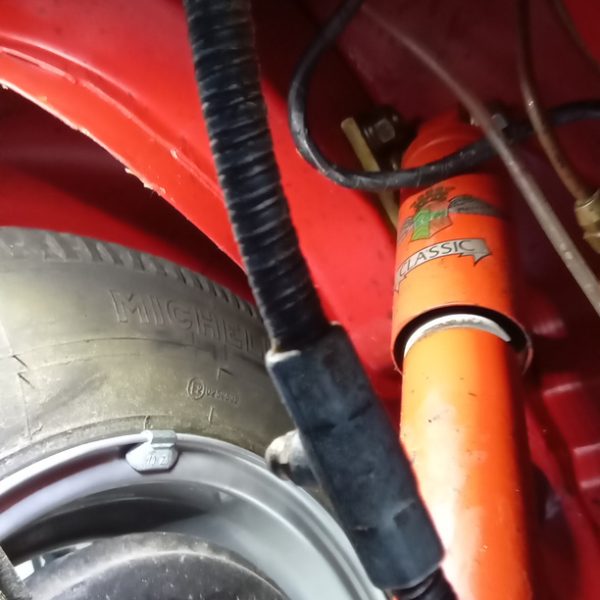
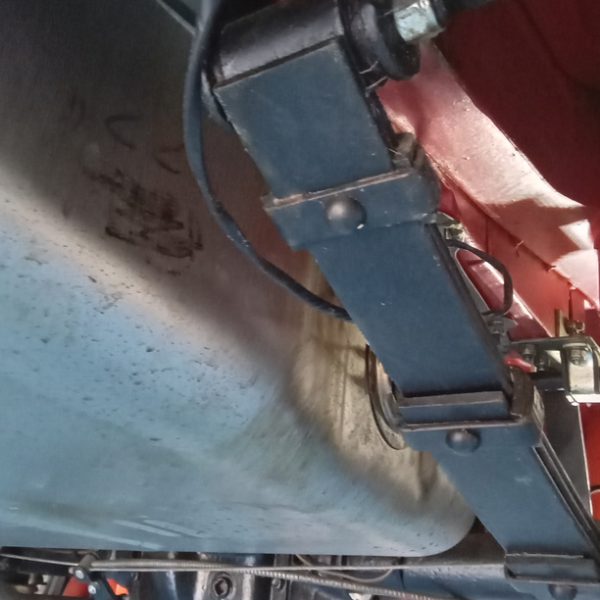
First off, Jon installed the new flexi hoses onto the underside of the car. Next up, Jon worked inside the cabin of the MGB to refit the nearside seat belt correctly into the car before moving on to cleaning up the wiring underneath/behind the dashboard. Whilst there, he had to reposition the heater fan as it was slightly off and causing a noise but after moving it he reported all was ok. Then Jon could attach the new battery terminals to make sure the connection was absolutely perfectly. Finishing off these repairs, he reposition the steering column cowling and horn wiring to get rid of an annoying noise.
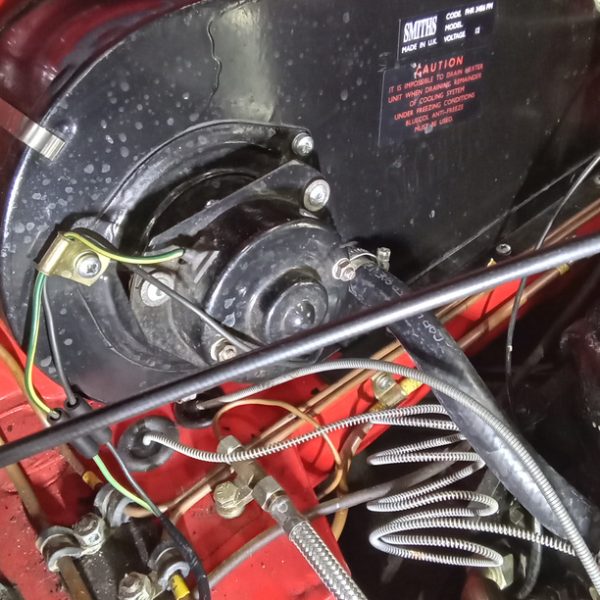
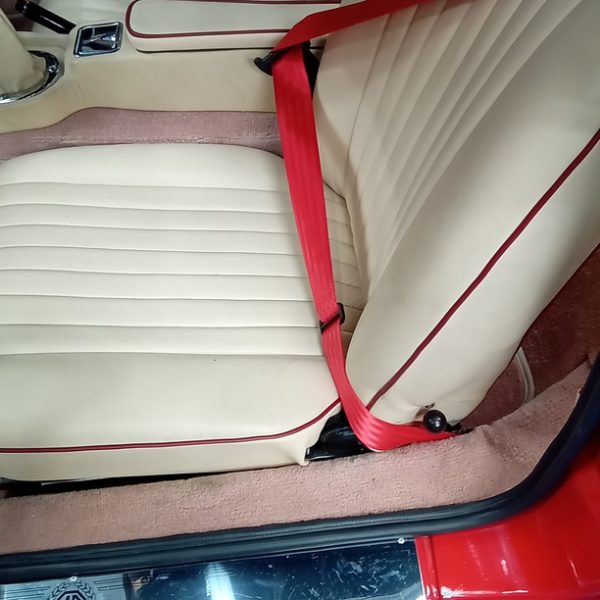


And to finish off these repairs, Jon did the following:
”Check gearbox oil level via dipstick inside car. Lift carpet and remove bung etc. Refit bung and carpet after checking level. Remove drivers electric window switch and remove both terminals to window motor. Swap round in multi plug and test. Window now operates in correct direction with switch. Lube window runners. Remove nearside electric window switch and swap round multi plug. Refit and test, ok. Try keys in glove box. Eventually got it open. Remove lock and barrell. Inspect and found 1 plunger in lock not dropping in when key in lock. Grind off and retry. Ok. Refit and test.”
Our technician Julian has been in charge of completing the work on the 1991 Nissan 200SX Turbo currently in our workshop.
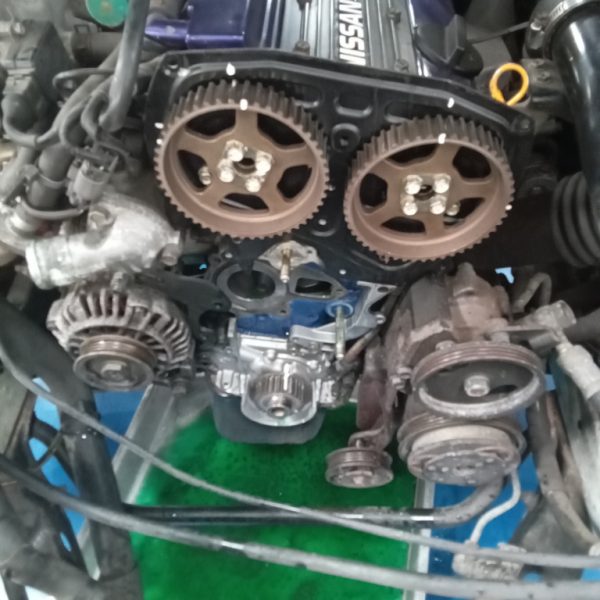
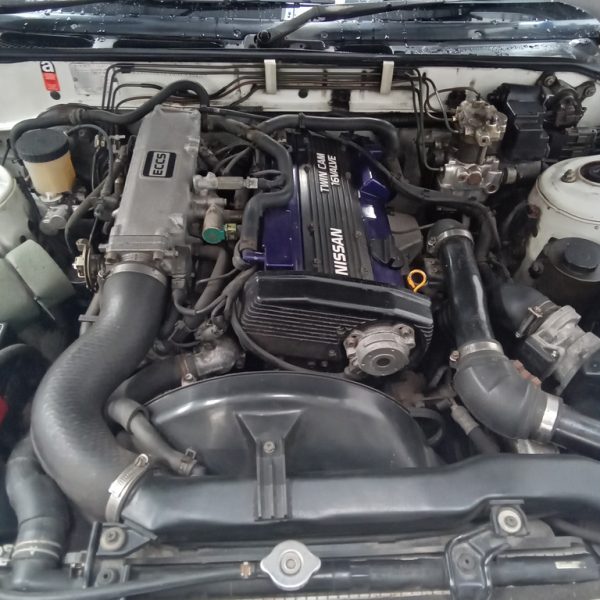
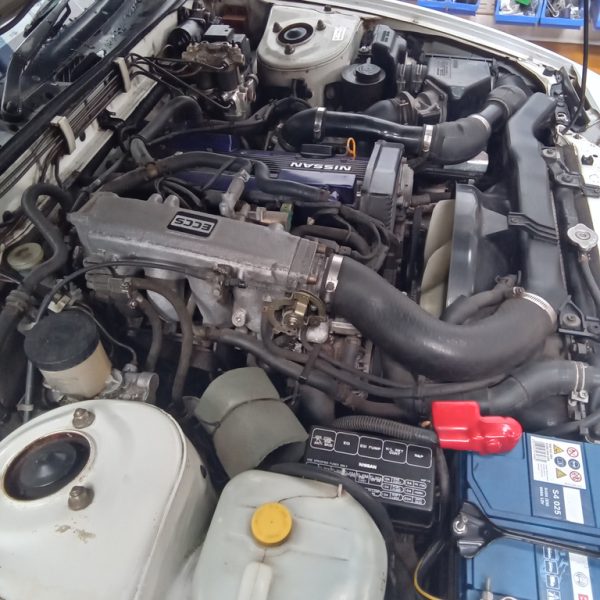
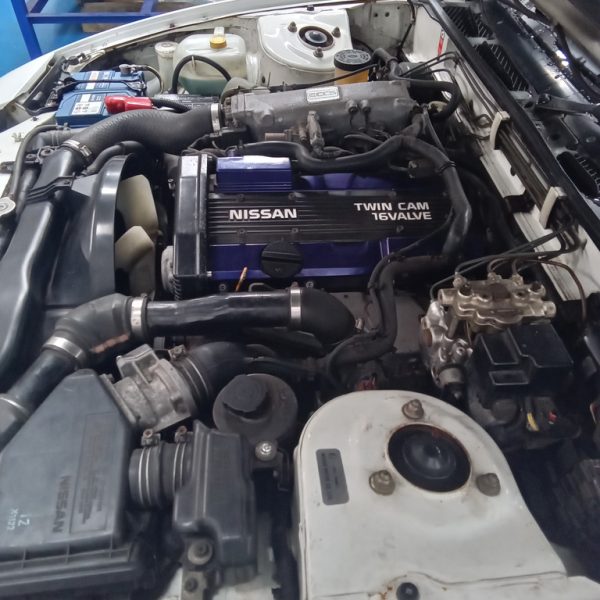
The customer had requested that the cam-belt be changed and along with that, the water pump but the team also had been asked to full service the CA18DET engine so Julian drained all fluids and removed the old oil filter before removing the old water pump and timing belt cover. He then could install the new units and then begin work on carrying on with the full service including oil, oil filter, air filter, fuel filter, spark plugs.
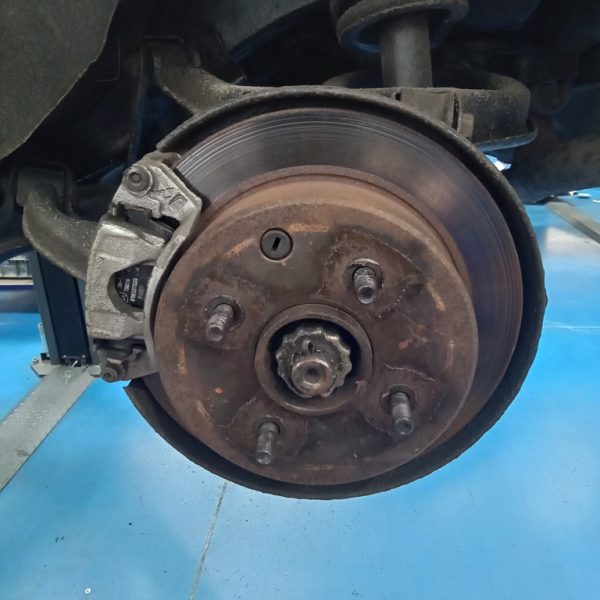
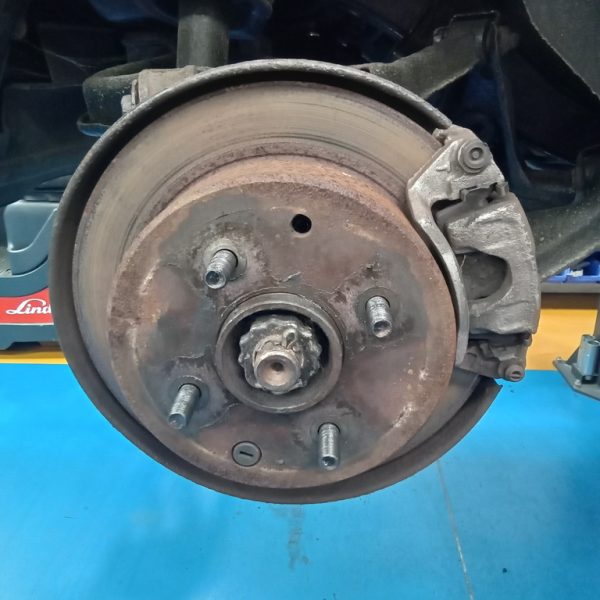
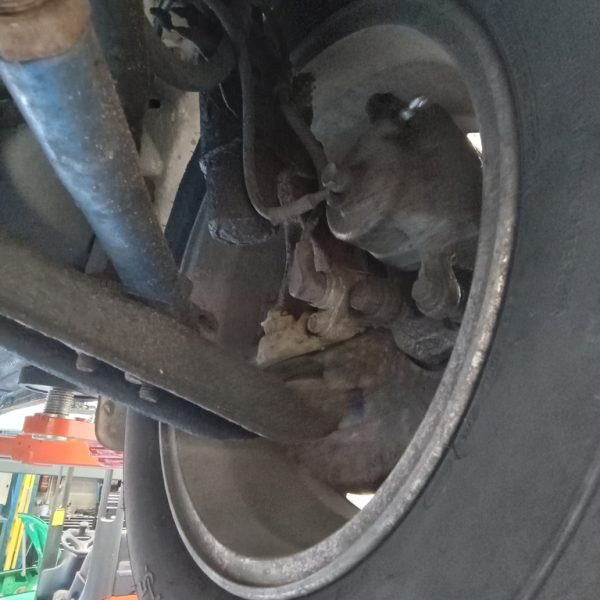
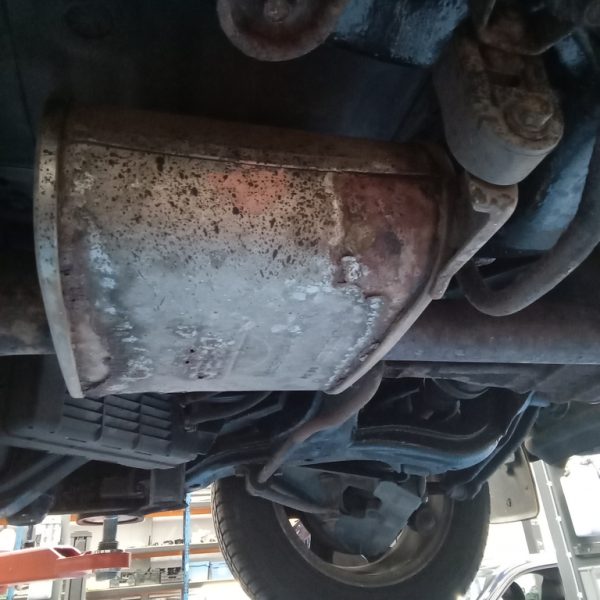
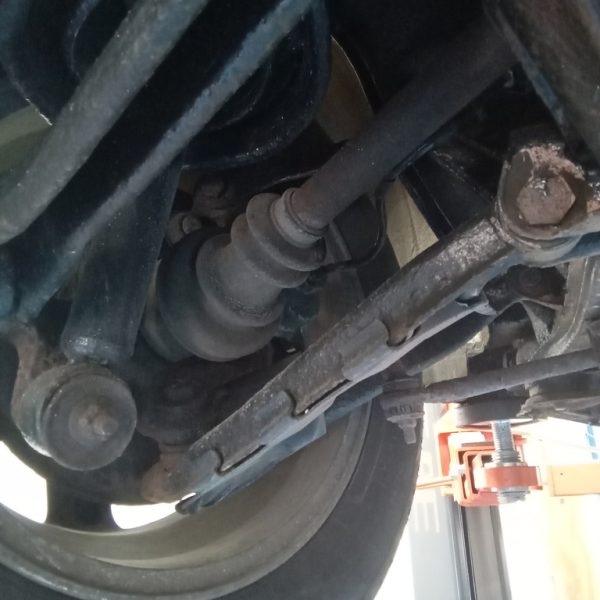
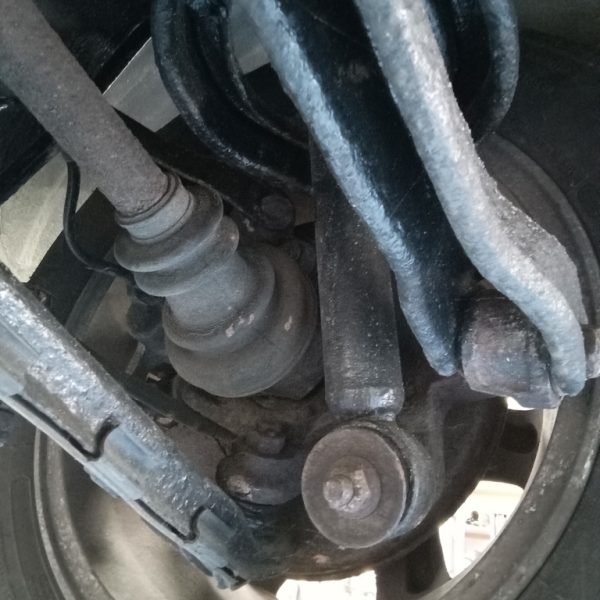
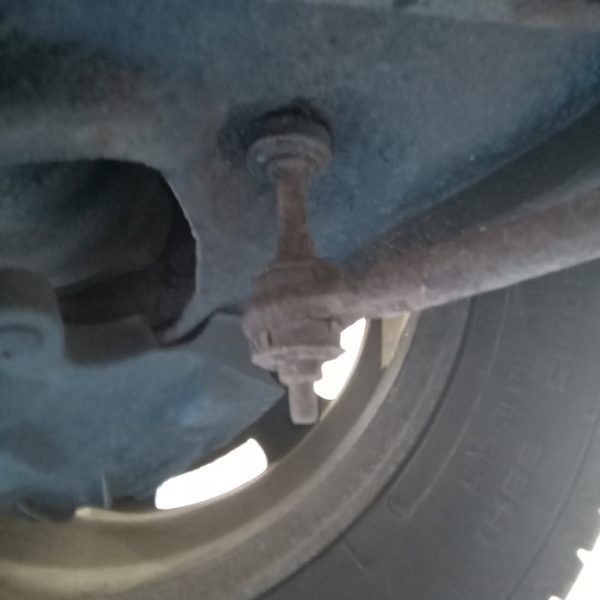
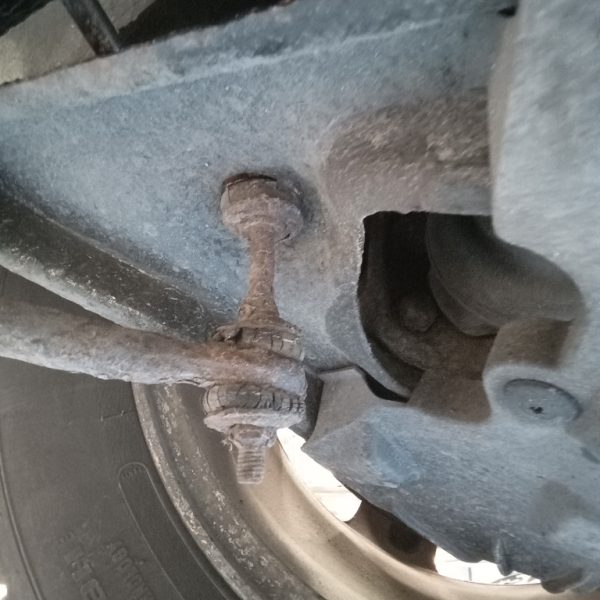
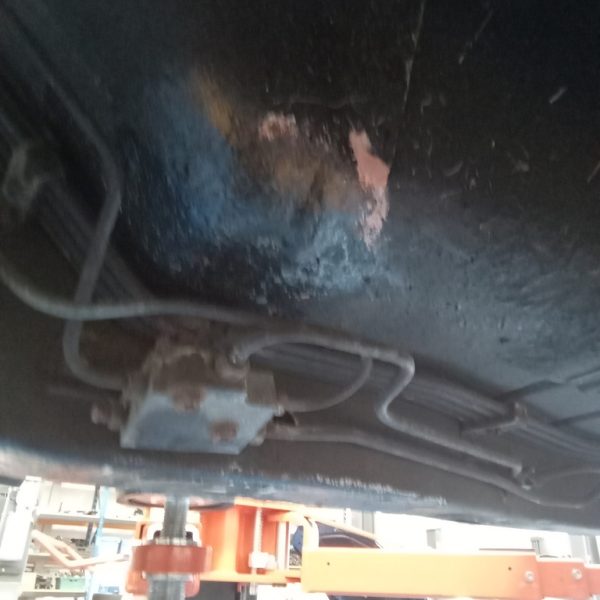
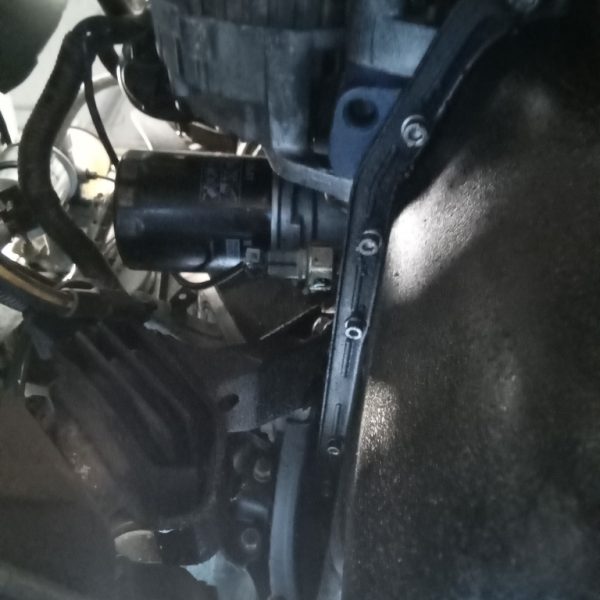
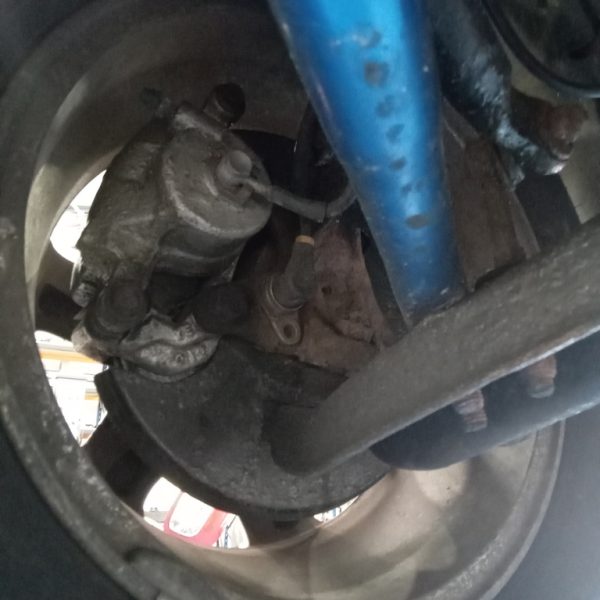

Then he could go through working on the brakes which included a strip down and freeing off the seized rear slider pins. After that Julian could clean and grease all the brake pads. Before carrying out the assessment, his findings were:
”check diff and gearbox levels, grease all linkages. All shock absorber dust covers perished, slight corrosion to all suspension arms and subframes.”
The internal combustion engine (ICE) has dominated the automotive industry for over a century, powering millions of vehicles worldwide. However, the growing concerns over environmental pollution, climate change, and the finite nature of fossil fuels have accelerated the search for alternative fuel technologies; but what are the leading contenders poised to replace or supplement ICEs and are they truly viable options for the future?

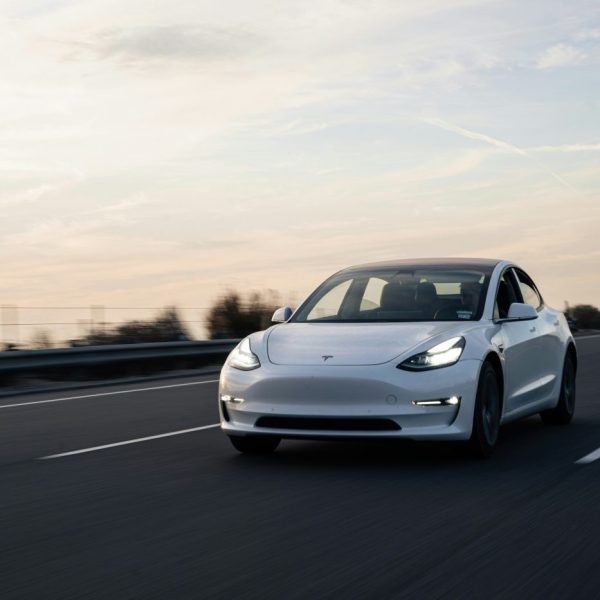

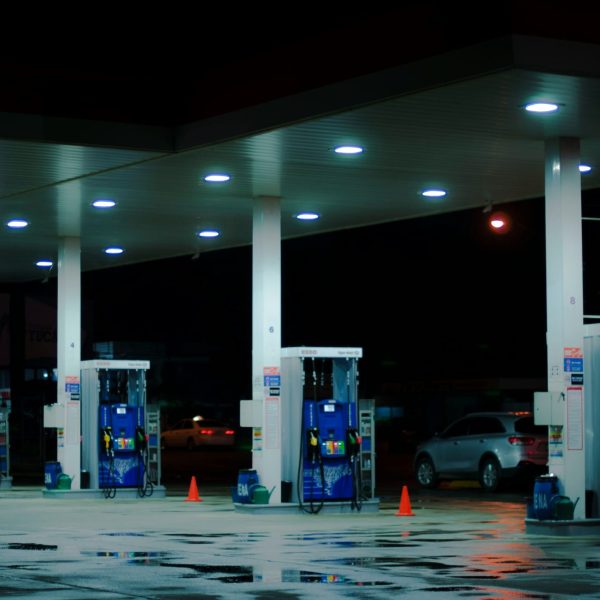
Hydrogen fuel cells represent one of the most promising alternatives to traditional combustion engines. These cells generate electricity through a chemical reaction between hydrogen and oxygen, producing only water and heat as byproducts. This clean energy solution offers several advantages:
Despite these benefits, challenges remain. The production of hydrogen is energy-intensive, and unless derived from renewable sources, it can cancel out the environmental advantages. Additionally, the infrastructure for hydrogen refuelling is limited but gradually expanding as technology and investment improve.
BEVs have seen exponential growth in recent years, driven by advancements in battery technology and growing environmental awareness. These vehicles are powered by electric motors using energy stored in batteries, offering several distinct advantages:
However, BEVs face challenges related to range anxiety and charging infrastructure. Although charging networks are expanding, they are still less accessible than petrol stations. Additionally, the production and disposal of batteries raise environmental and ethical concerns, particularly regarding the mining of rare earth metals.
Synthetic fuels, or e-fuels, are liquid fuels produced from renewable energy sources. These fuels can be used in existing ICEs with minimal modifications, offering a transitional solution for reducing carbon emissions. Key benefits include:
The main hurdle for synthetic fuels is their high production cost and energy intensity. Scaling up production to meet global demand would require significant investment and advancements in renewable energy technology.
Plug-in hybrids combine an ICE with an electric motor and a battery, offering a flexible alternative that uses the benefits of both technologies. PHEVs can operate in electric mode for short trips and switch to petrol for longer journeys. Their advantages include:
However, the dual powertrain adds complexity and cost to the vehicle. Additionally, the environmental benefits depend on how frequently the vehicle is charged and driven in electric mode versus petrol mode.
Biofuels, derived from organic matter, offer another alternative to fossil fuels. These can be classified into first-generation biofuels (produced from food crops) and second-generation biofuels (produced from non-food biomass). Advantages include:
Challenges for biofuels include competition with food production, land use changes, and the need for significant energy inputs during production. Second-generation biofuels, which do not compete with food crops, are considered more sustainable but are still in the development phase.
Other innovative technologies are also being explored as potential alternatives to ICEs:
The transition from internal combustion engines to alternative propulsion technologies is crucial for addressing environmental concerns and ensuring sustainable mobility. While each alternative offers interesting advantages, they also face challenges.
A multi-faceted approach that takes advantage of the strengths of each technology is likely to be the most effective path forward, ensuring a cleaner, more sustainable future for the automotive industry.
We use cookies to deliver the best possible experience whilst visiting our website. By clicking "Accept All", you consent to our use of cookies, or you can manage your preferences by clicking the link below. You can manage your preferences at any time from out Cookie Policy page.
Leave a Reply